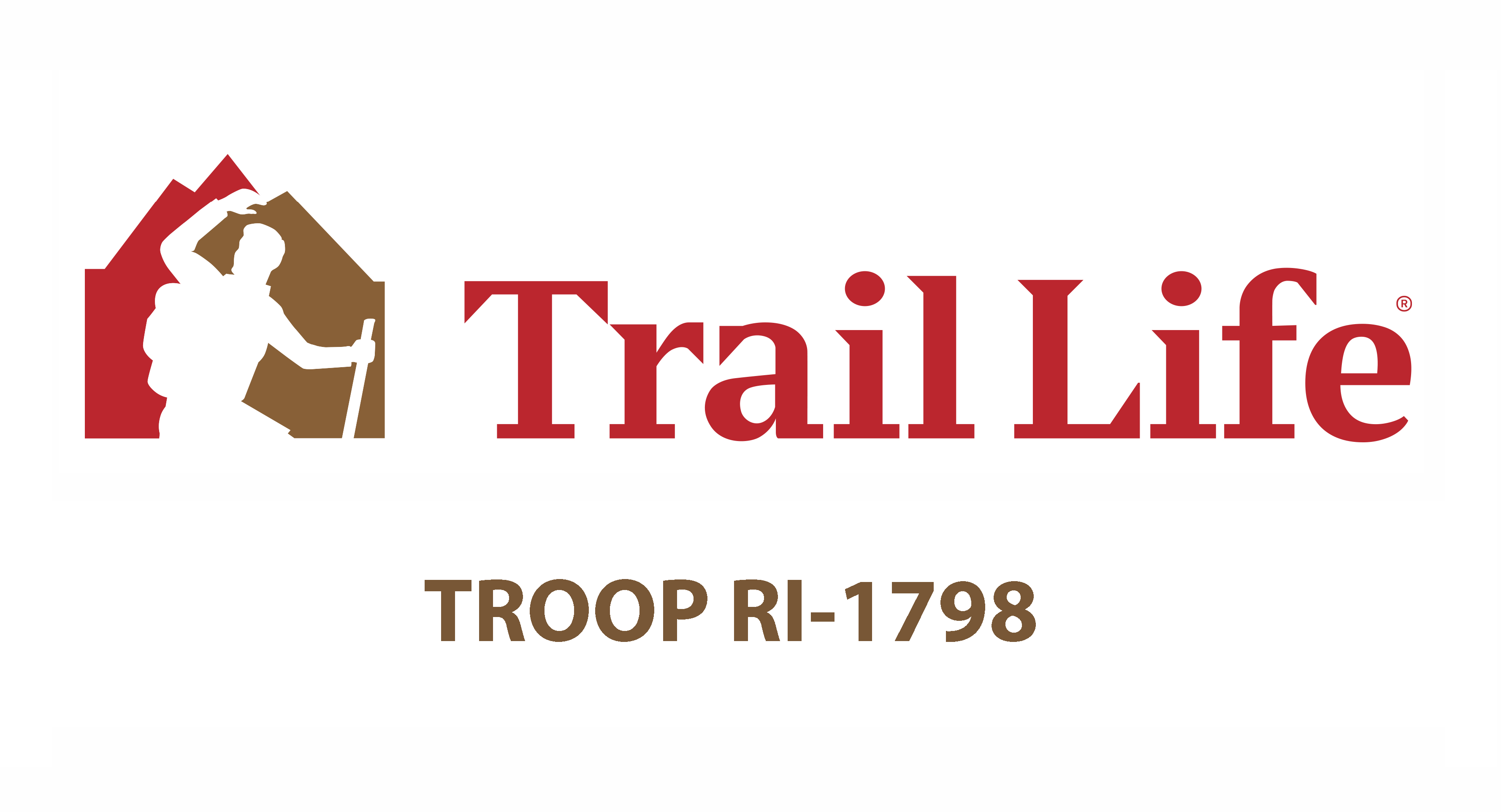The uniform is a distinctive of Trail Life USA. With its army-green tint and black shoulders, there’s no doubt that one could say that it is “spiffy”. The uniform is a symbol—it is the “outward expression of the boy’s inward qualities as a Trailman.”1
Uniforms have been a part of the scouting movement ever since Robert Baden-Powell started it in the early 1900’s. He is quoted saying, “The uniform makes for brotherhood, since when universally adopted it covers up all differences of class and country.”
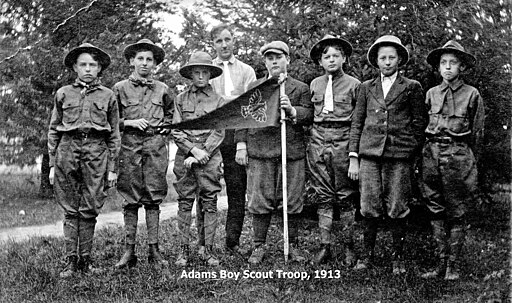
Today, Trail Life has 3 distinct uniforms—Troop, Trail, and Travel.
Troop Uniform
The Troop Uniform consists of the official Trail Life USA uniform shirt with a number patch and appropriate epaulets. The uniform shirt allowed Trailmen to display their level or rank as well as other awards and activities. Epiletts on the shoulder loops distinguish the unit a Trailman belongs to.
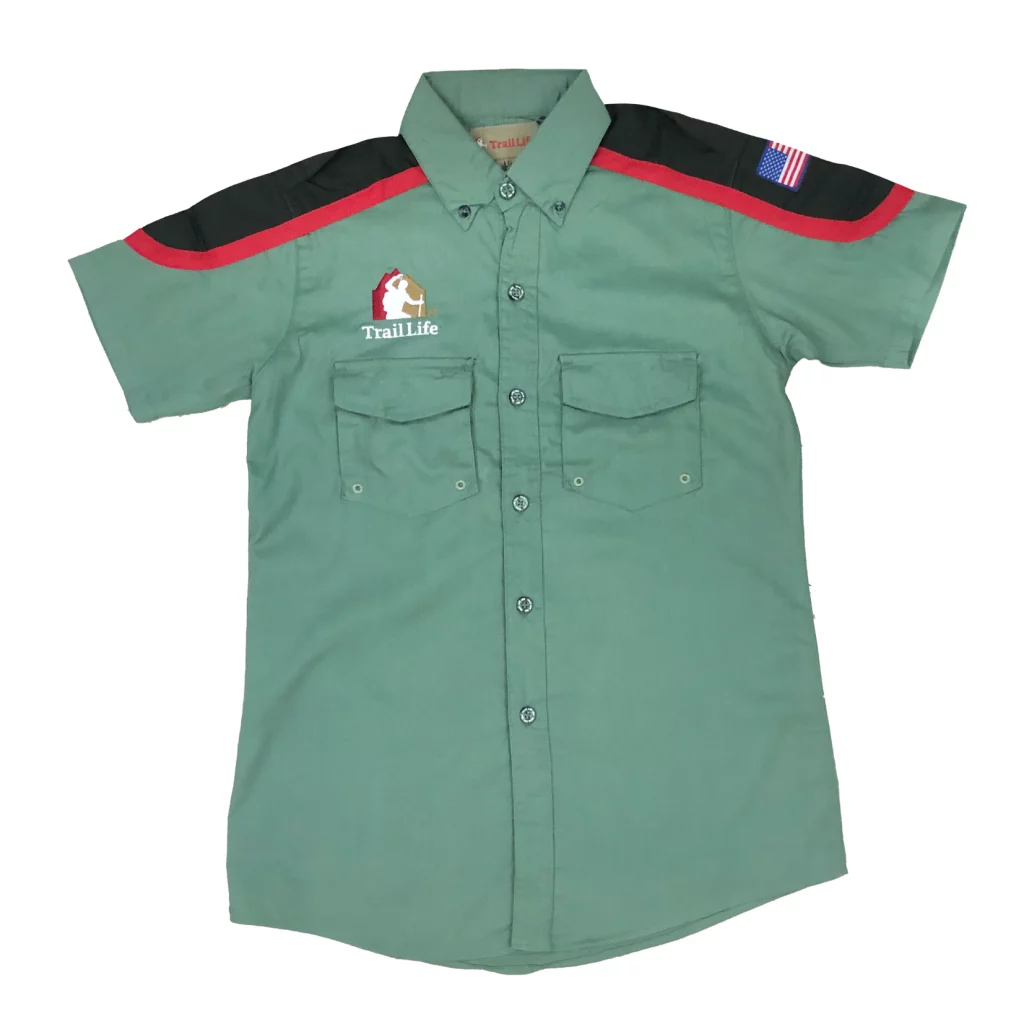
We do not require the hat, belt, pants, or other clothing items. The uniform shirt should be worn with appropriate pants or shorts that are dark in color (e.g., black/navy, blue jeans). Styles may include cargo, jeans or similar.
Trail Uniform
The Trail uniform is a t-shirt that contains the official Trail Life USA logo. In the future, we may create an official Troop t-shirt. At this time, the Troop does not require a Trail Uniform.
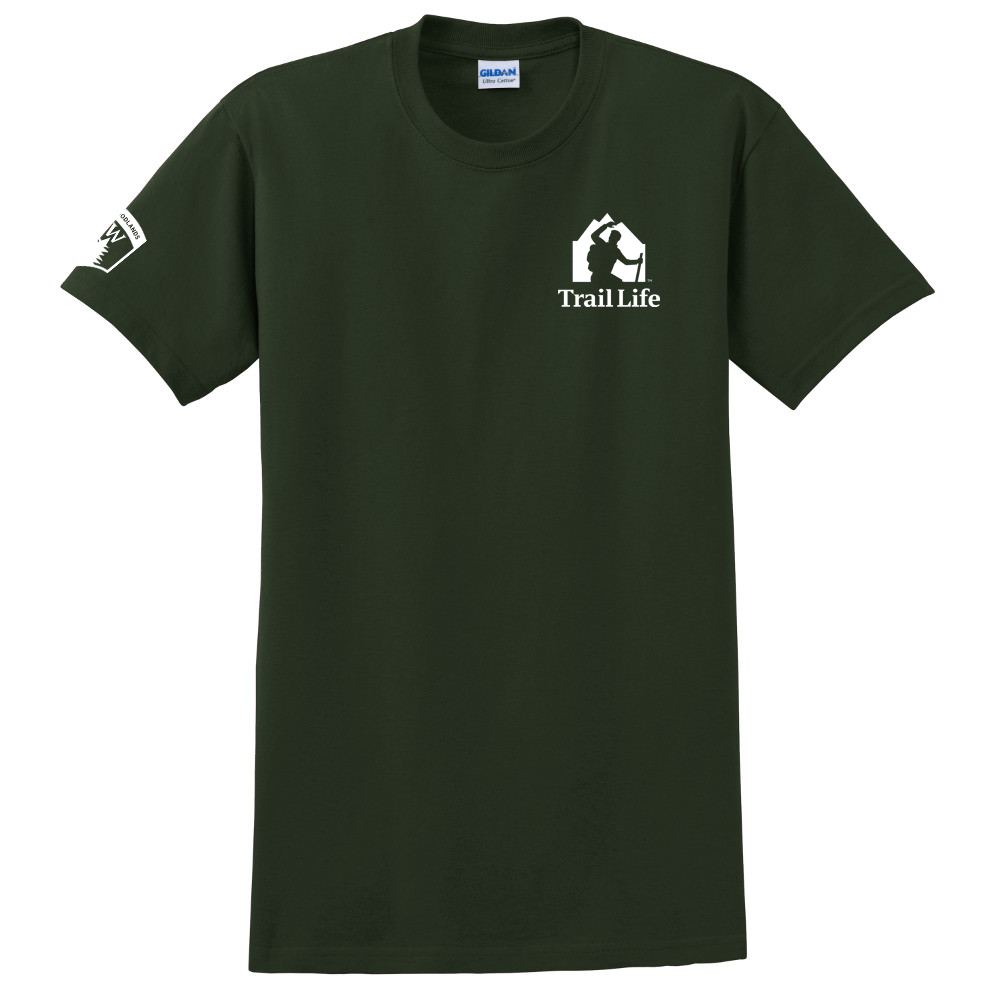
Travel Uniform
Trail Life USA distinguishes a third uniform type as a polo shirt with Trail Life logo. This is typically worn at events that doesn’t require the Troop uniform, but may require a bit more formality than the Trail uniform. At this time, the Troop does not require a Travel Uniform.
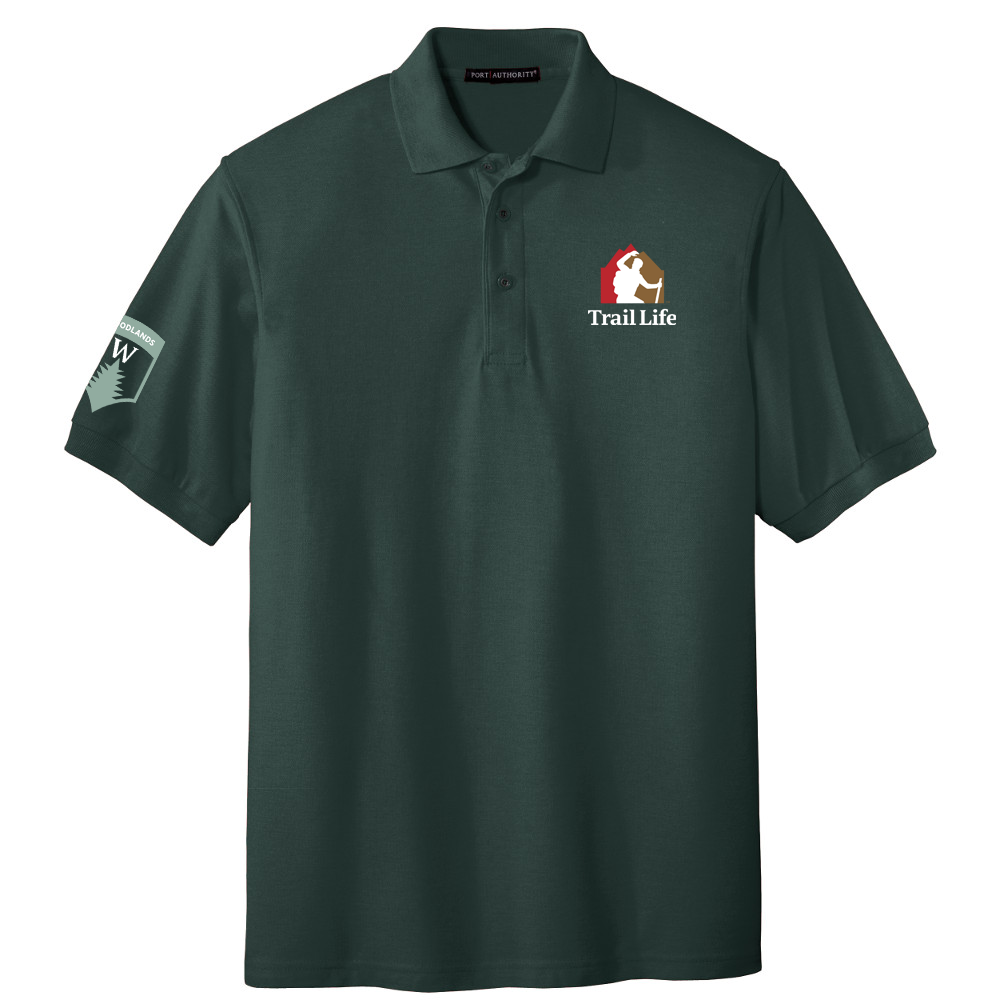
Who can wear the uniform?
The uniform can (and should) be worn by all official members of the Troop. This includes Trailmen, leaders, and Registered Adults. Nonmembers are not permitted to wear the uniform.
Wearing the uniform proudly
Members of the Troop can wear their uniform proudly knowing that they are part of a brotherhood of like-minded individuals who are growing and learning to be Godly men. They can display their achievements proudly and look up to others that have gone before them as a role model.
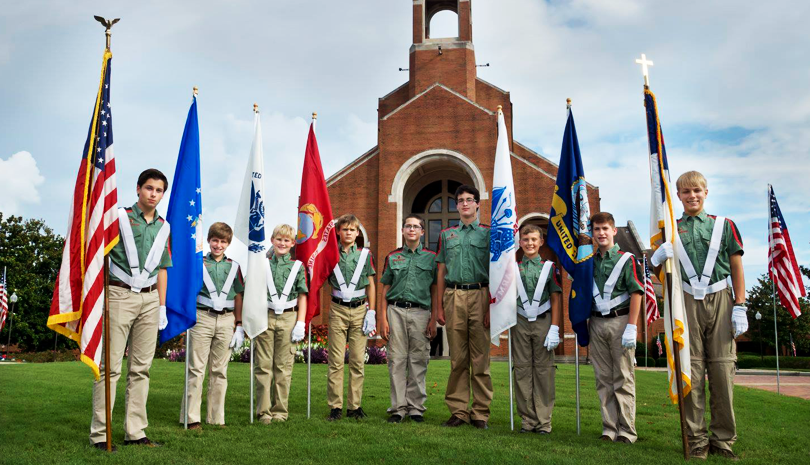
Footnotes
- Boy Scouts of America. “Handbook for Scoutmasters: A Manual of Leadership.” 11th edition. Boy Scouts of America (1944). ↩︎
